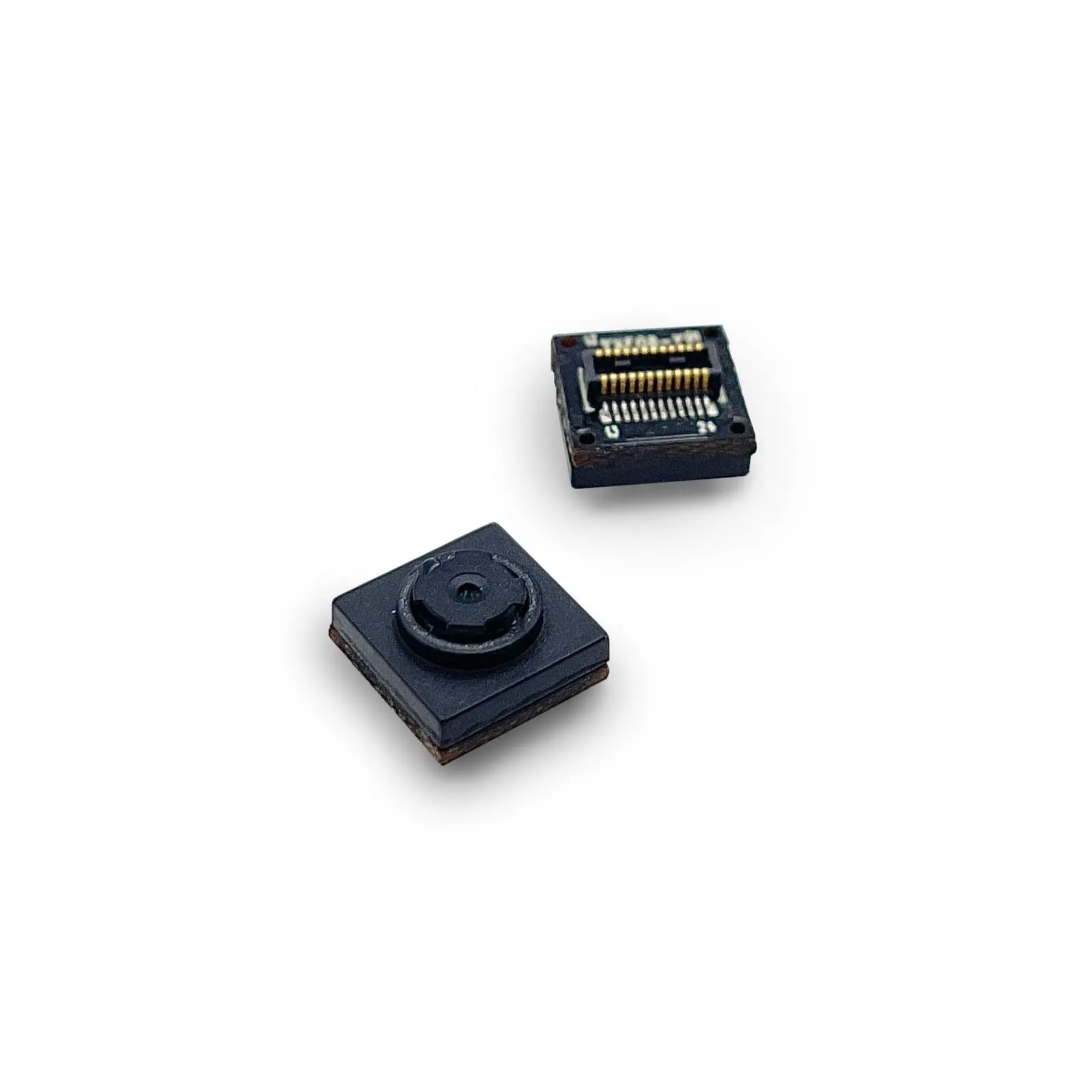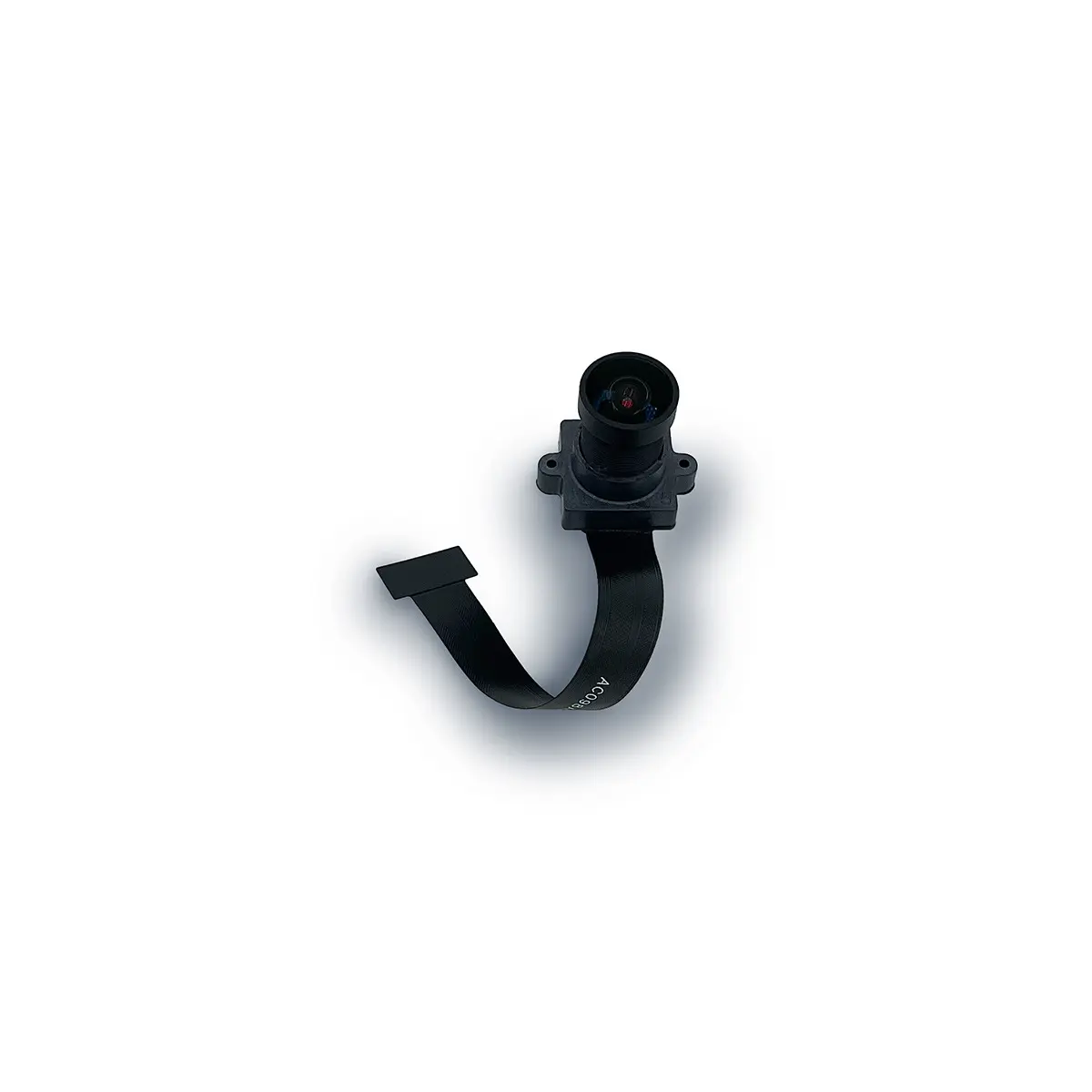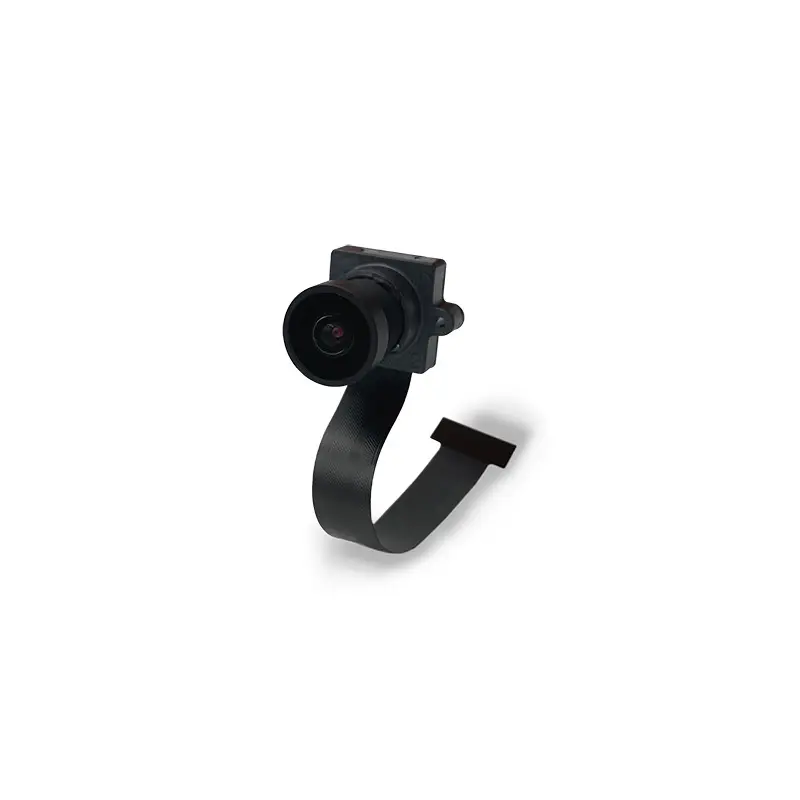Analog cameras (CVBS, CCTV)
2023-09-23 1912 YXF
In the field of security video surveillance, analog and digital, as well as the network is accompanied by each other. Early security cameras are analog (Analog), the so-called analog, means that they simulate the physical quantities that represent the sound, image information, the light signal of the target being photographed is converted into an electrical signal, the waveform of the analog signal simulates the change in information. The different brightness of the object being photographed corresponds to different brightness values, the current in the camera’s electronic tube will change accordingly. Analog signal is the use of this change in current to represent or simulate the image captured, record their optical characteristics, and then through modulation and demodulation, the signal will be transmitted to the receiver, displayed on the screen, restored to the original optical image.
Common analog cameras can be divided into analog SD cameras and analog HD cameras according to their resolution. Analog cameras generally use BNC connectors as the video output connector.
CVBS Camera
Analog SD camera is also known as CVBS camera, the so-called CVBS refers to Composite Video Broadcast Signal, that is, composite synchronous video broadcast signal. It transmits data in an analog waveform. The composite video contains chromatic aberration (hue and saturation) and luminance (brightness) information and synchronizes them in a fading pulse, transmitted with the same signal.
CVBS cameras use TVLine (television line, TV line) to measure the ability to resolve images. Early CVBS analog cameras can be accessed through the BNC head analog monitor directly display video images, and the sharpness of the image on this analog monitor is actually the degree of detail of adjacent black and white horizontal lines. So the analog camera clarity of the unit of measurement is also called TV Line, also known as TV Line (that is, TVLine), sometimes also referred to as the clarity of the resolution. Analog camera resolution is generally tested by ISO12233 Chart Card (Chart), and with the help of third-party tools, such as ImaTest, HYRes, iSeetest and other software to read out the actual value. For example, 650 lines means that this camera can distinguish up to the lines marked on the test chart card near the value of 650.
CVBS camera programs are numerous, the core of each program is the DSP and sensor two parts. Early DSP program mainly Sony’s SS-1 (2163), SS-11 (3141/2), SS-11X (4103), SS-HQ1 (3172), SS-2, Effio-E (SS4), Effio-P, Effio-A, Effio-V, etc.. Panasonic to D5 mainly D4, D5 MN673276, Korea’s Samsung, NEXTCHIP processor, Taiwan’s A-NOVA ADP series, etc.. And sesnor also mainly to Sony, Panasonic, Samsung mainly. The above different DSP and sensor combinations can be designed for different camera solutions.
Effio series become Sony in the analog SD surveillance camera era the last song. “Effio” is “Enhanced Features and Fine Image Processor” (Enhanced Features and Fine Image Processor) acronym. The maximum resolution of the Effio series is around 750 lines – 800 lines. This is the highest resolution ever achieved by an analog SD camera. A typical Effio camera has an effective pixel count of 976 (horizontal) x 582 (vertical), so it is also known as a 960H camera (effective pixels greater than 960 in the horizontal direction).
The Effio series was launched around 2009, and the Effio-P solution was introduced in 2012. After that Sony will mainly focus on research and development efforts on CMOS, analog SD cameras also gradually come to an end.
Analog HD camera
Sony abandoned CCD, the main focus will be shifted to CMOS is because the same resolution conditions, the cost of CMOS is much lower, and the higher the resolution, the greater the cost gap, which means that CCD is not suitable for high-resolution security cameras. Security cameras to HD, the first thing that must be eliminated is the CCD sensor.


















